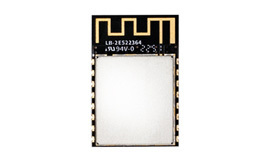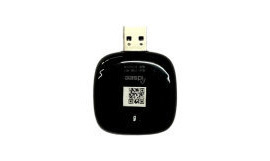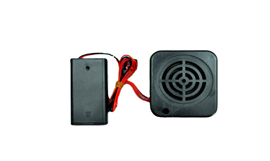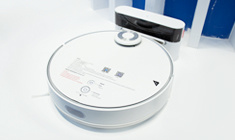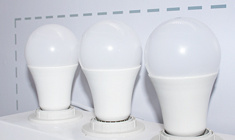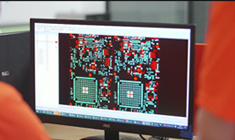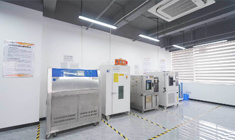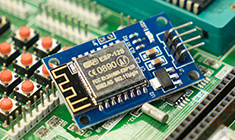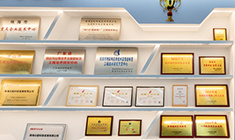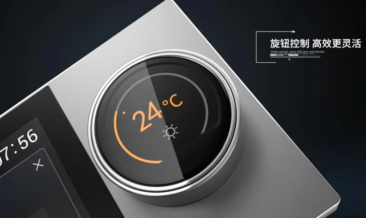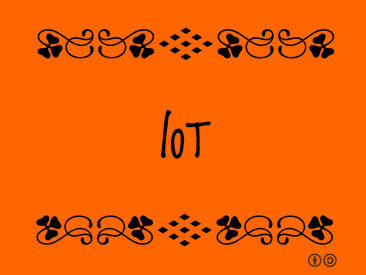
Inventory management driven by Internet of Things
Release Time:
2021-08-12
According to a recent study, only 33 percent of manufacturers use inventory management software, with the remaining 67 percent still relying on excel or paper-based methods. They spend an average of 18 hours a month writing down inventory details on paper before entering the information for each ite
According to a recent study, only 33 percent of manufacturers use inventory management software, with the remaining 67 percent still relying on excel or paper-based methods. They spend an average of 18 hours a month writing down inventory details on paper before entering the information for each item into a spreadsheet. But labor intensity isn't the only problem -- Marketwatch estimates that 88% of spreadsheets contain error information.
The good news is that with the Industrial Internet of Things (IIOT) and RFID, manufacturers can solve problems related to manual methods and understand their inventory status in real time. In this guide, we will share our iot consulting experience to reveal key implementation points for effective use of Iiot and RFID for inventory management.
Smart Inventory Approach: What's behind it?
In an Iiot and RFID based inventory management solution, any individual inventory item to be tracked is tagged with an RFID tag. Each label has a unique identification (ID) that contains coded digital data about the items in stock, such as model number, lot number, etc. Tags are scanned by RFID readers. After scanning, the reader extracts the tag ID and sends it to the cloud for processing.
In addition to extracting the tag's ID, the cloud also receives data about the reader's location and read time. Based on this data, the cloud uses the corresponding ID to indicate the location of items, visualize the results, and show solution users real-time updates on the movement of inventory items, allowing them to monitor inventory in real time from anywhere using a smartphone or laptop.
Let's take a deeper look at the technologies that enable intelligent inventory management.
RFID
RFID (radio frequency identification) system is mainly composed of three parts: RFID tag, RFID antenna and RFID reader.
▲RFID tag
The ID of an RFID tag contains information about a particular object. It can be attached to any physical surface, including raw materials, finished products, packaging, crates, pallets, etc. In industrial environments, passive tags are used primarily, that is, those that do not have batteries built in. These tags are cheaper but require the power of a reader to transmit data.
▲RFID antenna
The RFID antenna receives the waves from the reader, provides power for the operation of the tag, and forwards the radio signal from the tag to the reader.
▲RFID reader
RFID readers, which can be fixed or handheld, use radio waves to read and write tags. The reader captures the ID information written in the tag repository and transmits it to the cloud along with the reader location and read time data.
Industrial Internet of things
The role of the Industrial Internet of Things (IIOT) in inventory management can be boiled down to transforming the data acquired by RFID readers into meaningful insights on the location, status, movement and so on of inventory items, and providing corresponding outputs to users. For example, machine learning can predict the amount of raw materials needed for the next production cycle based on data on inventory quantity and location. The output provided by an iot system can take many forms: if any individual inventory item is missing, it can send an alert to the user and notify them of the need for additional materials, among other things.
In addition, Iiot based inventory management solutions can be integrated with other systems, such as ERP, and share data with other business units.
For example, because the value of inventory can be an important component of a company's assets, inventory data is crucial for accounting departments to ensure that a company's annual reports and tax returns are accurate.
What are the benefits of the Internet of Things approach?
Iot based inventory management lays a solid foundation for digitizing the manufacturing ecosystem and provides many benefits, including:
▲ Automation of inventory tracking and reporting
With RFID and the Industrial Internet of Things, inventory managers don't have to spend time manually tracking and reporting. Each project is tracked and data about it is automatically recorded into a big data warehouse. Automated asset tracking and reporting saves 18 hours of work time per month and reduces the potential for human error.
▲ Continuous visibility into the number, location, and movement of inventory items
Iot based inventory management solutions provide manufacturers with accurate visibility of raw materials and components, in-process and finished product production processes by providing real-time updates on item status, location and movement, allowing inventory managers to see when individual inventory items are entering or leaving a specific location.
▲ Optimize inventory
The more warehouse managers know about inventory, the more likely they are to have the right items in the right place at the right time. With real-time data on the number and location of items in stock, manufacturers can reduce inventory levels while meeting customer demand at the end of the supply chain.
▲ Identify bottlenecks in operations
With real-time data on the location and quantity of items in stock, manufacturers can reveal bottlenecks in the production process and identify underutilized machines. For example, if part of the inventory tends to pile up in front of the machine, the manufacturer will think the machine is underutilized and therefore needs special attention.
▲ Optimize delivery cycle
By providing warehouse managers with available inventory volumes and machine learning-driven demand forecasting, Iiot based solutions can enable manufacturers to shorten delivery cycles. For example, RBI-based inventory management solutions allow Zara to move an item of clothing from design to manufacturing to a smart warehouse in as little as 10 days.
What are the challenges and limitations?
The use of RFID technology may be limited by the following factors:
▲ Since RFID tags can be attached to items that are still being processed, manufacturers must ensure that the tags do not interfere with the production process.
▲ Although RFID readers can scan most non-metallic materials, they may still have difficulty scanning liquids and metals. If you try to scan the tank or sheet metal, the label reading may not be accurate.
▲ Tag prices range from 5 cents to $10 per piece, while RFID readers can cost up to $3,000 to $20,000 per piece, including installation and configuration. Therefore, the price of the product should be high enough for the tag and reader to pay for themselves.
summarize
Iot, RFID-based inventory management and asset tracking solutions provide continuous visibility into inventory by providing real-time information. It helps to track the precise location of raw materials in the production process of products and finished products. As a result, manufacturers can balance the amount of inventory on hand, improve machine utilization, and shorten delivery times, avoiding the hidden costs of less efficient manual methods.
Reprinted in the House of Things

Guangdong Joinet IOT Technology Co.,Ltd
Manufacturing Base:
Joinet Technology Park,No. 168 Tanlong North Road,Tanzhou Town,Zhongshan City,Guangdong Province,China
Pre Sales Hotline:19966308713 13823973022
Switchboard:0760-8663 0003 (transferred) 523
Pre Sales Email:sw@znaiot.com

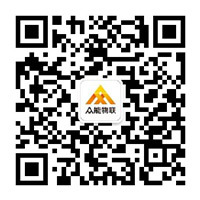
Contact Us:
Looking forward to your call anytime



